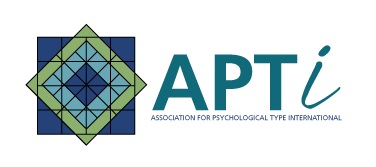APTi Ethical Standards: Additional Guidelines for Type Practitioners11. Clearly identify the assessment tool, survey or method being used and how it is different from other frameworks.Psychological type frameworks and their associated assessments are different from most personality models and instruments used by psychologists and organizational consultants. Psychological type is not based on traits. This fact generates much confusion. Most personality assessments are designed to measure traits - behavioral characteristics that are assumed to be a part of everyone’s makeup but which vary in amount. A high score indicates the strong presence of a trait, and a low score indicates a lack of the trait; if the trait is considered a good thing to have, then a low score may be labeled as a deficit. In this perspective, personality differences among people are explained as differences in the amounts of different traits. The trait model is concerned with answering the question, “How much?” Because amounts are important for understanding personality, the numerical scores on these assessments are the focus for interpreting results. Psychological type is based on different ways that people use their minds to experience and respond to life, specifically, different dynamic patterns in their use of the mental processes involved in perception and judgment. Personality differences among people are explained as differences in which pattern people favor most; type categories are seen simply as different approaches to life, with none being better or worse than the others. Type assessments are designed to identify which pattern is an individual’s best fit, that is, to answer the question, “Which one?” Numerical scores indicate how probable it is that a certain pattern is the one a person favors. (With some instruments, scores can also indicate variations of functioning within a type pattern; however, identifying the Best-Fit category is still primary). Finding the best fit necessarily requires that the person verify whether the indicated pattern actually does fit, or whether a different pattern describes them better; this is the focus of interpreting type instrument results. Type patterns – preferences, Myers-Briggs types, temperaments, interaction styles, function-attitudes, etc. – are dynamic and complex. They cannot be boiled down to simple traits or sets of traits. However, type patterns are expressed in associated behavioral traits. In other words, types are not the same as traits, but traits correlate with particular type patterns. Traits and behaviors can be an indication of a type pattern, but they do not define it. When people don’t understand the actual meaning of MBTI® and other psychological type assessment scores, and when they treat type categories as though they were a set of traits, they can make some mistaken assumptions. They may think there are “normal” or “good” scores, or they might assume that they should be “more balanced” between opposite attributes. This can lead to people attempting to suppress their type. Return to APTi Ethical Standards |
